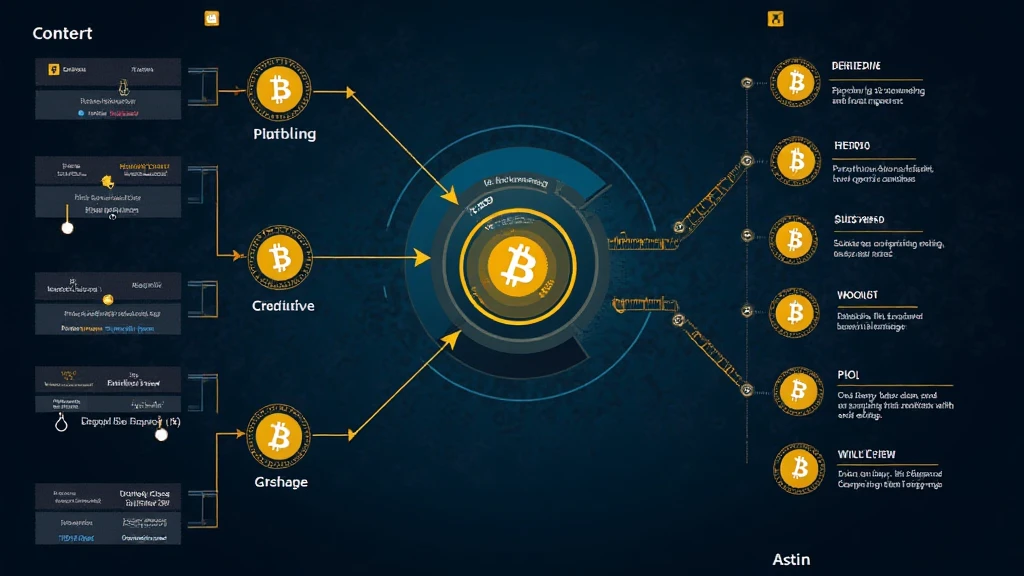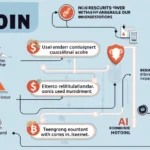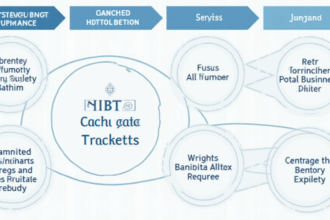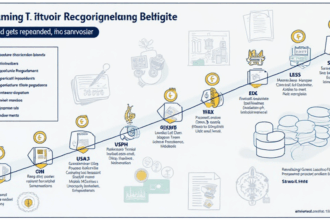Introduction
With an alarming statistic showing that over $4.1 billion has been lost to DeFi hacks in 2024 alone, the importance of understanding Bitcoin DeFi protocol vulnerabilities cannot be overstated. As the DeFi sector continues to grow rapidly, with more than 2 million users in Vietnam joining the crypto world, many individuals and organizations are looking for ways to secure their investments. This article will provide valuable insights into common vulnerabilities in Bitcoin DeFi protocols and offer practical solutions to mitigate these risks.
Understanding Bitcoin DeFi Protocols
Bitcoin DeFi protocols operate similarly to traditional financial systems, allowing users to lend, borrow, and trade assets without central intermediaries. However, the underlying technology, primarily smart contracts, is susceptible to various vulnerabilities that can be exploited by malicious actors. In fact, a recent survey indicated that 30% of DeFi users in Vietnam are unaware of these risks.
Key Vulnerabilities in Bitcoin DeFi Protocols
- Smart Contract Vulnerabilities: Smart contracts, the backbone of any DeFi protocol, can contain coding errors that lead to significant financial losses. For instance, in 2020, the DeFi platform bZx experienced a hack that resulted in a loss of approximately $8 million due to flaws in its smart contract.
- Liquidity Risks: Protocols often depend on liquidity pools to function effectively. A sudden drop in liquidity can lead to slippage, where users end up getting less favorable exchange rates.
- Governance Attacks: Many DeFi projects are community-governed, making them targets for governance attacks, where a malicious actor could gain control and manipulate decisions.
- Oracle Manipulation: Many protocols rely on external data, which can be manipulated by bad actors, leading to costly consequences for unsuspecting users.
How to Audit Smart Contracts
Auditing smart contracts is a critical step in ensuring the safety of DeFi protocols. Understanding how to perform these audits can greatly reduce the risks associated with vulnerabilities.

- Step 1: Code Review: Start with a comprehensive manual review of the code. Look for common patterns of vulnerability, such as reentrancy, overflow, and underflow.
- Step 2: Automated Testing: Utilize tools like Mythril and Slither that can identify vulnerabilities automatically.
- Step 3: Third-Party Audits: Engaging a reputable third-party auditing firm can provide additional assurance about the security of the smart contract.
- Step 4: Continuous Monitoring: Post-deployment, maintaining ongoing monitoring for unusual transactions can help catch vulnerabilities before they are exploited.
Real-World Case Studies
Understanding real-world examples of exploits can help reinforce the importance of addressing DeFi vulnerabilities. Below, we explore the cases of various high-profile DeFi hacks:
- The DAO Hack (2016): The original DAO was exploited, where hackers took approximately $50 million worth of Ether due to a flaw in its code, leading to significant community backlash and a hard fork of the Ethereum blockchain.
- PolyNetwork Hack (2021): This incident involved a hacker exploiting vulnerabilities to steal over $600 million across multiple blockchain networks, although most of the funds were eventually returned.
Preventive Measures for Investors
Investors can take several steps to protect themselves from Bitcoin DeFi protocol vulnerabilities:
- Utilize hardware wallets like Ledger Nano X, which can reduce the risk of hacks by 70% compared to software wallets.
- Conduct thorough research on protocols before investing – always check if they’ve been audited.
- Stay informed about the latest developments in DeFi security through reliable sources.
- Consider diversifying investments across different protocols to spread risk.
The Future of DeFi and Its Security
The future of DeFi looks promising, but as the sector grows, so do the risks. According to a report by Chainalysis in 2025, the total value locked in DeFi protocols is expected to exceed $200 billion. As more users enter the space, with the growing number of Vietnamese traders, understanding Bitcoin DeFi protocol vulnerabilities becomes crucial.
Conclusion
As we move toward 2025 and beyond, awareness and education on Bitcoin DeFi protocol vulnerabilities will be essential to securing digital assets. By taking proactive measures, understanding common vulnerabilities, and continually monitoring investments, individuals can navigate the complex world of DeFi safely. For more information on protecting your digital assets, visit bitcryptodeposit.







